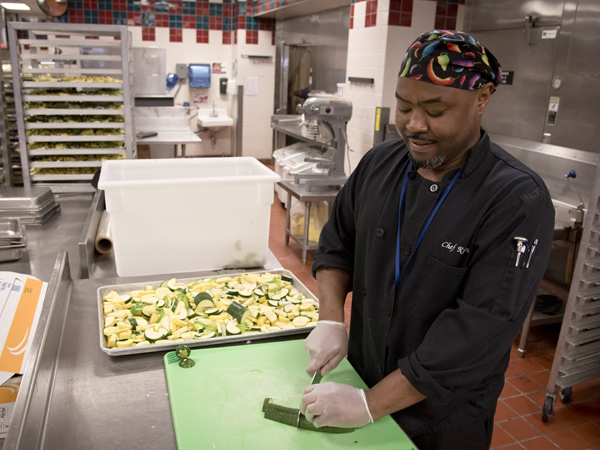|
If you've got a half-eaten container of Blue Bell ice cream in your freezer, should you finish it off? Throw it away, says Dr. Skip Nolan, director of the Division of Infectious Diseases at the University of Mississippi Medical Center. There's a chance -- albeit small -- it contains the troublesome listeria monocytogenes bacteria that prompted a nationwide recall by Texas-based Blue Bell Creameries after listeria was found to have contaminated products made at several of its factories. All Blue Bell selections, including ice cream, frozen yogurt, sherbet and single-serve cups, on Monday were swept from store shelves following the deaths of three people in Kansas and reports it has sickened a handful of people in other states, not including Mississippi. Symptoms are mostly gastrointestinal and include fever, nausea, diarrhea, severe headaches and abdominal pain and cramps. However, listeria cases have been around for a long time, Nolan said. In fact, the outbreak linked to Blue Bell began as long as five years ago, officials with the Centers for Disease Control and Prevention said Tuesday. "There's a lot that people don't know about this," Nolan said of listeria bacteria. For starters: It's found just about everywhere. "Surveys show that if you culture produce in the grocery store, deli meat and other surfaces, it's pretty easy to find," Nolan said. "The same thing is true in your refrigerator. Everybody gets exposed to it, but only certain people get it."
|











